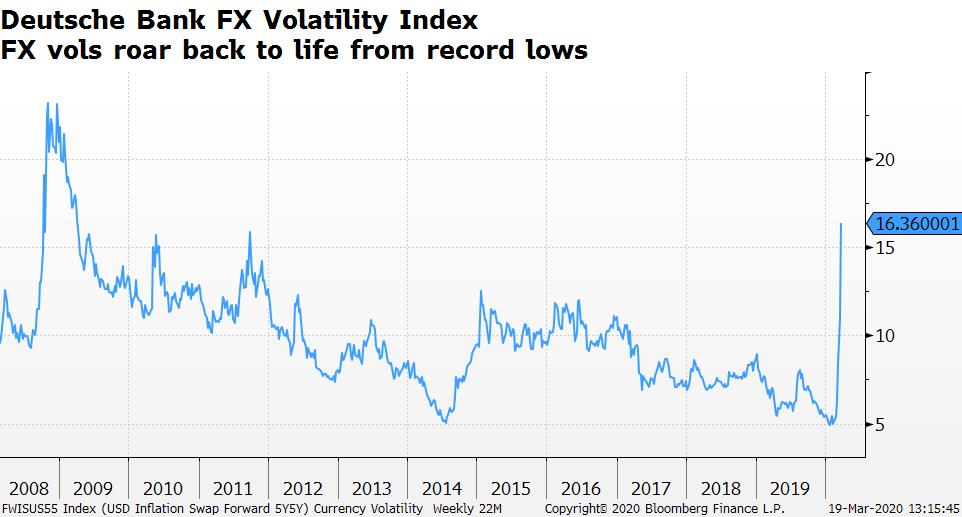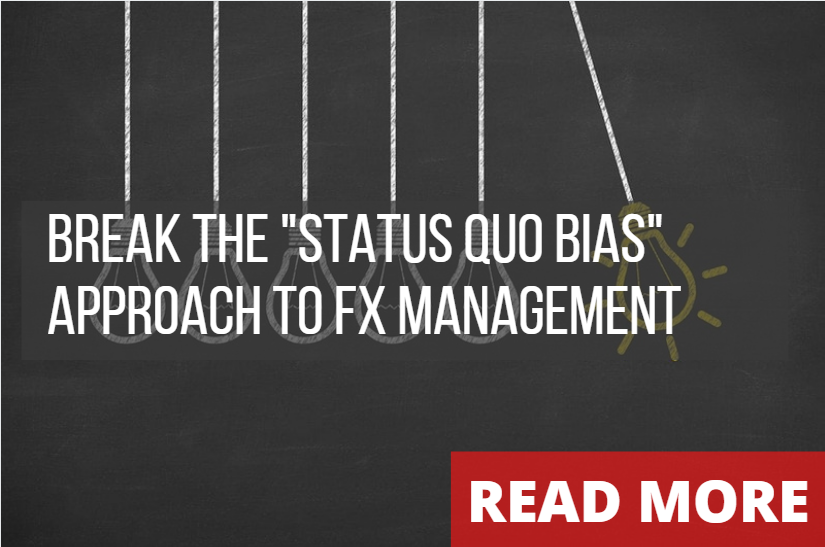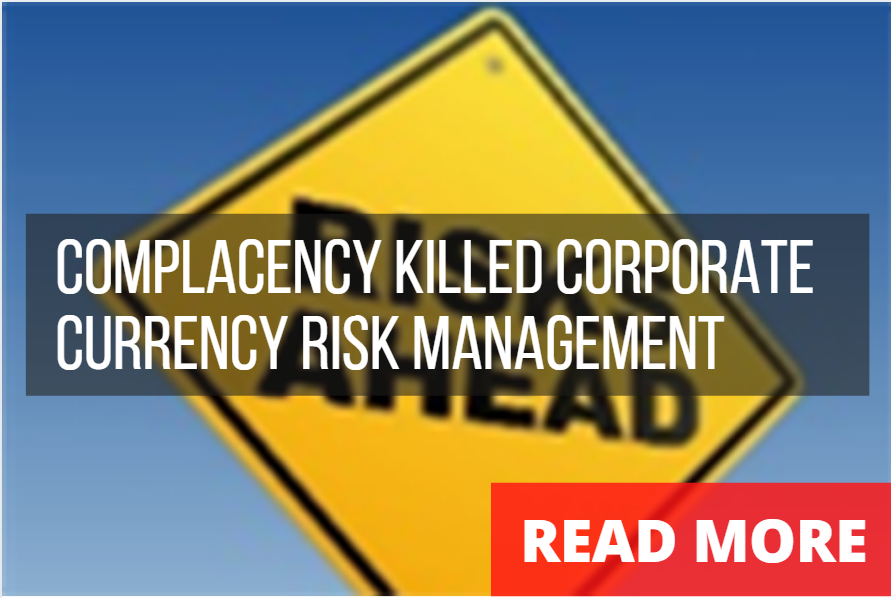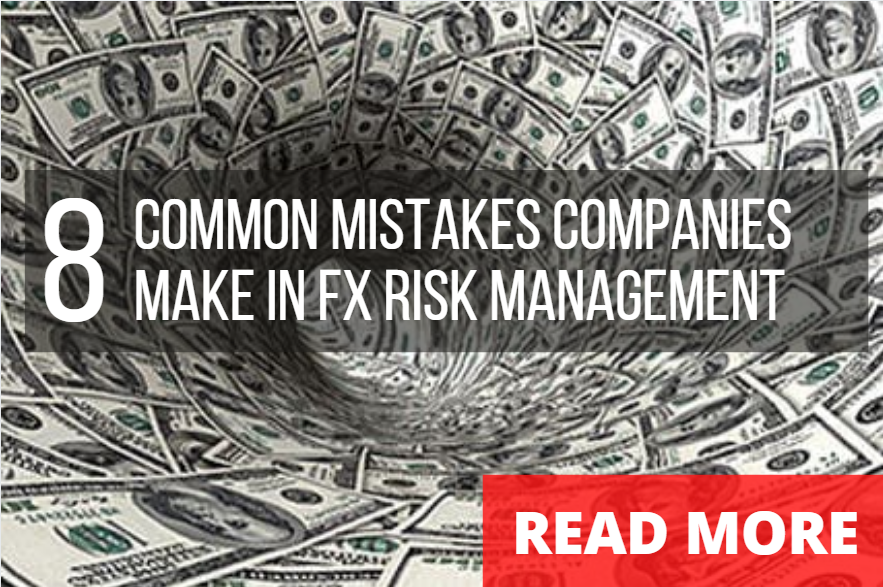
Minimize Uncertainty- A Practical Guide to FX Hedging'
By Klarity FX Desk
Dec 05, 2021
4 MIN READ
 Companies hoping to limit impact of FX volatility on their operations, first have to ask if they had done the appropriate groundwork. Executives rely on Treasurers, CFOs, and Controllers to provide the answers, but with little guidance. We have prepared a few simple tips will help define the goals, and approach with more rigor, hopefully minimizing anxiety when the markets go into disarray. The recent surge in FX volatility has taken most by surprise, and is a reminder of why adhering to a disciplined and well-thought out approach is important.
Companies hoping to limit impact of FX volatility on their operations, first have to ask if they had done the appropriate groundwork. Executives rely on Treasurers, CFOs, and Controllers to provide the answers, but with little guidance. We have prepared a few simple tips will help define the goals, and approach with more rigor, hopefully minimizing anxiety when the markets go into disarray. The recent surge in FX volatility has taken most by surprise, and is a reminder of why adhering to a disciplined and well-thought out approach is important.

Figure 1. After years of lower currency volatility, the explosive moves led by the COVID-19 outbreak has caught many currency managers off-guard.
Dust off and Re-visit the FX Policy Regularly
A clear and defined FX hedging policy should be part of the company’s corporate governance. This becomes particularly important in times of high volatility or uncertainty when emotions can run high. There may be times, where it’s tempting not adhere to policy, and to be a ‘trader’ attempting to play the market. Taking speculative positions when rates are favorable, or holding off on adding coverage due to unfavorable rates, can lead to disastrous outcomes. Review and revisit what and why you are hedging. Most importantly don’t do this in isolation, create a policy team that can provide business critical insight to how sales, cashflows etc. can be impacted during periods of stress. Once a policy goal has been agreed, it’s important to have regular reviews to ensure that the program is working and being adhered to.
Are You Hedging or Speculating?
It’s important to be able to forecast exposures and decide whether a short, medium, or long-term hedging plan is appropriate. It’s also important to allow some flexibility within the plan for ‘outliers’, or particularly volatile currencies. Once a horizon has been framed, it’s important to remain dynamic to changing conditions, especially in the current instance of high volatility. For example, a food vendor that supplies to hotels and typically hedges a 12-month program, may want to consider a layered approach to limit the impact of business uncertainty. Clearly not every outcome can be accommodated but is the approach consistent with payment cycles or vendor contract cycles. Remember that cash flow hedging is not the same as strategic hedging.
Ask the Right People to Better Know your Business
Knowing the dynamics of your business is important for implementing FX hedges, particularly in instances of market uncertainty. Businesses have many cogs, and each cog should be understood for the affect it has on the business and FX needs. Know the FX flow of the company, what the exposure is that is being hedged, so that the effects of a change in business can be better anticipated. How do your currency needs change if there’s a change in your supplier, distributor, or customer? An example may be that a supplier now wants to be paid in their domestic currency, which would offset FX hedging needs and transfer currency risk. Are you better placed to manage the currency risk or prepared to have regular revaluations with suppliers and partners? If your FX provider is not asking more about your business dynamics, you need to question if they are really best placed to be providing hedging advice, particularly during times of market or business uncertainty.
Run Scenarios to be Better Informed
Preparation is key, so that heads can remain calm, and measures can be taken if there is a shock to the economy or business. It’s important to run the ‘what if’ scenarios, so that when the time comes, you’re prepared. For example, what if a tariff was levied on the materials bought overseas? or what if a currency was devalued? Treasurers need to be able to respond to questions on what would happen if certain events occur. Some examples of scenario analysis include:
- Running ‘Cash Flow at Risk’ scenarios to measure the company’s sensitivity of future payments and receivables to changes in the market.
- Calculating the efficient hedge frontier; the area of maximum expected return for a given level of risk, particularly useful for avoiding over hedging in multi-currency portfolios
- Setting tolerance levels on currencies, and communicating this to all stakeholders to make sure pricing strategies and business relationships are ready for changes when necessary.
- Running confidence levels studies to calculate scenarios will help you be better prepared and allow appropriate actions to initiated. Black swan moments will occur. We are often surprised how ‘jumpy’ corporates can be to minor currency moves during periods of low volatility, but have no game plan when larger moves come knocking.
Be Ready to Make Hedging Decisions
Given most small and medium-sized companies are under-resourced in the treasury area, deciding where value can be best added, can be hard. Instead of constantly watching FX markets, take measures to better spread resources. This may include making better use of FX partners by placing order instructions in the market, or including optionality to define risk. In times of high market volatility, this becomes particularly relevant as participation increases as currency volatility elevates. Currency markets move quickly and having executing instructions prepared can save valuable time, and allow participation during out of office hours. It’s equally important that the work is done by an individual or group of stakeholders who understand the dynamics of the business and the impact of foreign exchange. Banks and FX provider have become increasingly reliant on winning client wallet share with a plethora of financial instruments, make sure that these instruments work for the business in all eventualities not just for the rose-tinted outlook.
The importance of a well thought out FX risk management policy and approach cannot be stressed enough. Clients that have worked through a robust risk management framework have fared significantly better during periods of market turmoil. The statistical testing and modeling can seem like an overkill, but being better informed leads to better decision making. Managing expectations by consulting with, and seeking collaboration with senior managers and stakeholders improves understanding and visibility when it is needed most.



